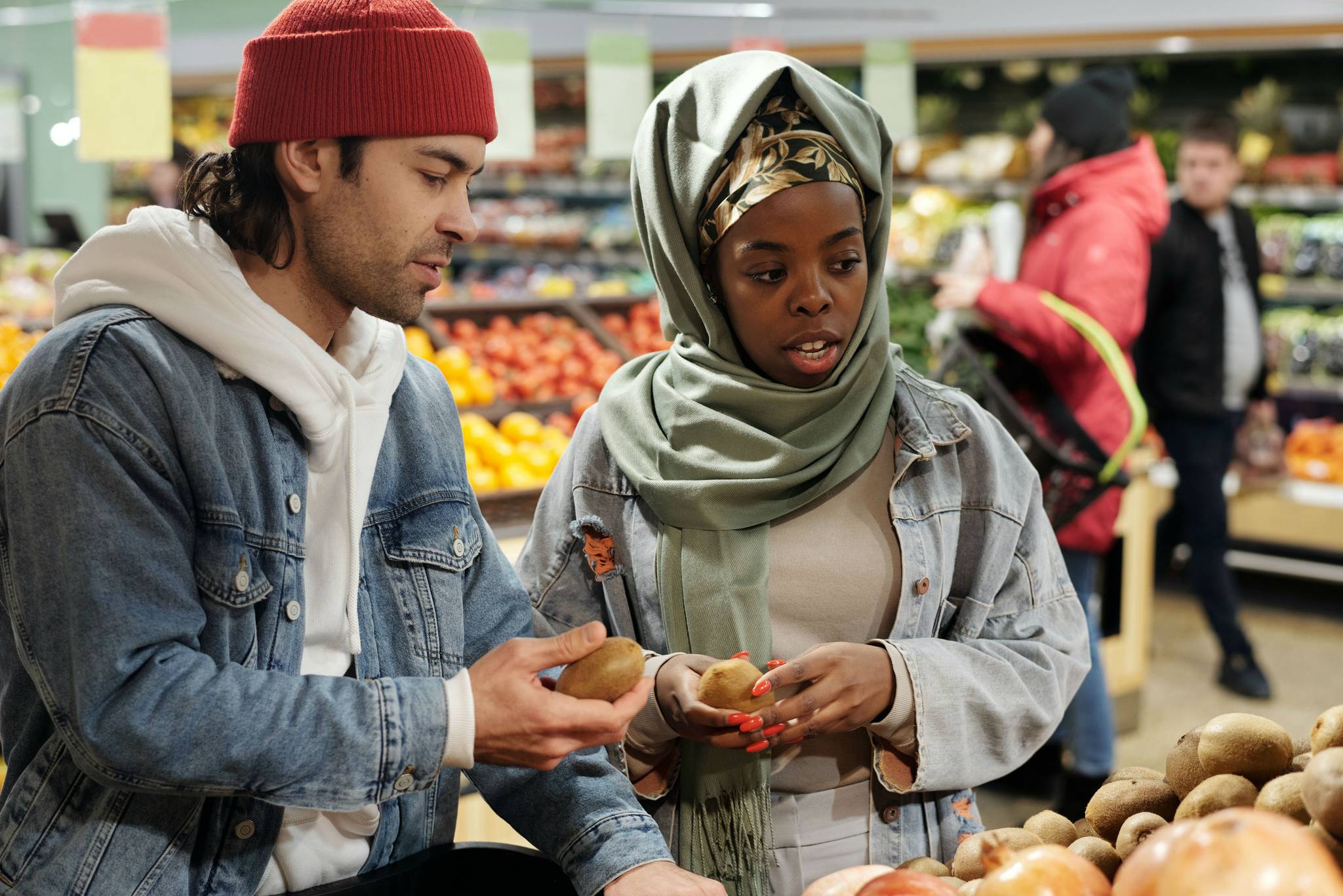
The pandemic has shaken up everyday life, but in times of crisis information is power. No one appreciates that more than news providers, who were one of the handful of businesses to enjoy a positive pandemic spike as the rest of the world hurtled into chaos.
At the Financial Times’ virtual Future of News 2020 summit, key players from across media shared their insight into the future of broadcasting and the challenges of agile news delivery during the (mis)information age.
Here are the takeaways that got us thinking.
1. The future is connected
We know that young people are consuming content across multiple touchpoints, and have non-linear consumption habits. While that has traditionally meant a battle for attention, COVID-19 has created a desire for concentration, so the ball’s squarely in the news provider’s court to turn this attentiveness into long-term loyalty. Citing a VICE study that finds just over 40% of Gen Zers rate news as their number-one content vertical, second only to music, Jesse Angelo, president of global news at Vice Media notes there is a "clear cry out from young people for a news ecosystem that serves them."
So what’s the answer? Bloomberg is backing Connected TV, relaunching its QuickTake service on Bloomberg Media’s OTT app. Outside of news, VENN TV has put a gaming-first spin on traditional TV, with interactive shows distributed across streaming services like Amazon, Twitch, and YouTube.
Want to know more? We’ve been charting this Mixed Channels behaviour in our Shopping sector snapshot, too. When it comes to innovative delivery of content and product, fashion brands are leading the way.
2. Fact-based, mission-driven
As rampant misinformation proliferates and threatens everything from the US election to COVID-19 vaccine adoption, younger viewers are asking for facts – but facts underscored by social purpose. “The biggest antidote to churn is emotional connection to a brand,” says Millie Tran, chief product officer of the Texas Tribune.
More than ever, readers' values are central to their engagement with content. So in order to build loyalty, it’s important for news providers to be clear not only on the authority of their reporting, but also the purpose they’re serving, and how that mission is reflected in their external and internal practices. Referencing an (unnamed) experience of corporate inconsistency VICE had had with one of the world’s largest entertainment companies, in the wake of the racial reckoning fuelled by the Black Lives Matter movement, Angelo says that “if Gen Zers knew about that kind of hypocrisy, they would torch them."
One interesting space that will prove crucial moving forward, says Julia Beizer, chief product officer and global head of Digital at Bloomberg Media, is privacy. “Consumers are asking us for privacy and we need to listen.” With brands like Apple, for example, putting privacy as a central tenet of its product offer, news providers can take note that with increased data insights comes increased pressure to handle data responsibly and transparently behind the scenes, too.
3. Local news matters
Not all news sources have fared equally during the pandemic. “In the last months, we've seen the dissemination of local news,” says Tran of the crisis facing local providers during COVID-19. As money from advertisers has dried up, newsrooms have shuttered – but there’s still a desire for local reporting as people crave connection to their communities during times of anxiety.
From supporting local businesses to mutual-aid projects, a local-first mindset has risen as people slowed down – and with COVID-19 impacting different areas, staying connected to what’s going on in your area has health implications, too. Apps like NextDoor have thrived during the pandemic for this reason, and with a desire for human, relatable stories during the pandemic, COVID-19 most certainly doesn’t have to be local news’ downfall.
Moving towards collaborative journalism, says Tran, is likely the future for regional papers. Funding from major players, such as Facebook, can support local news providers in troubled times, but this could also mean embracing the power of user-generated reporting through disruptor platforms such as Snapchat, with SnapMaps already proving popular.
India Doyle is the senior commissioning editor at Canvas8, which specializes in behavioral insights and consumer research. She’s covered fashion and culture for leading publications around the globe, tapping into everything from biometric beauty trends to disobedience in architecture.



